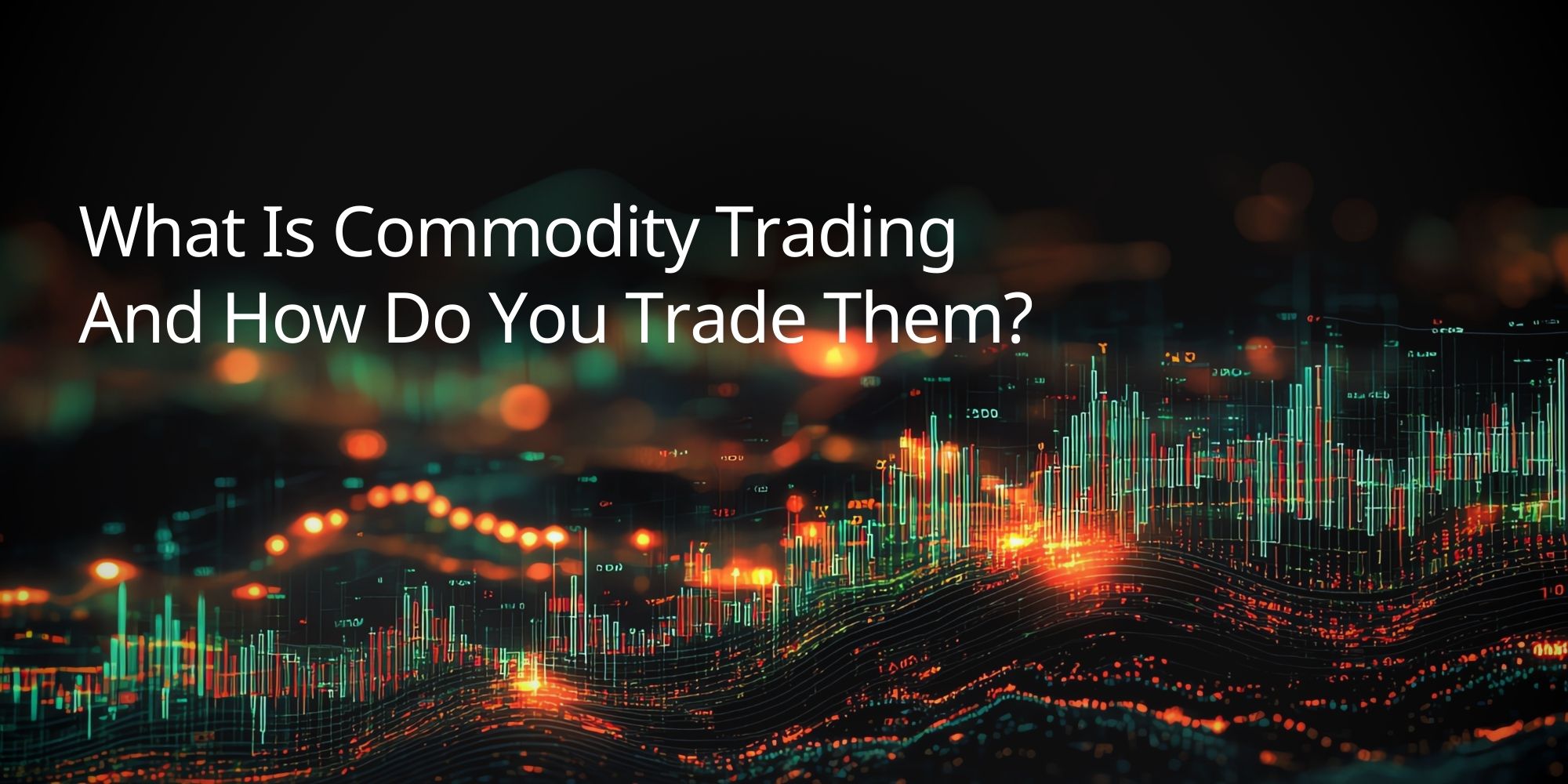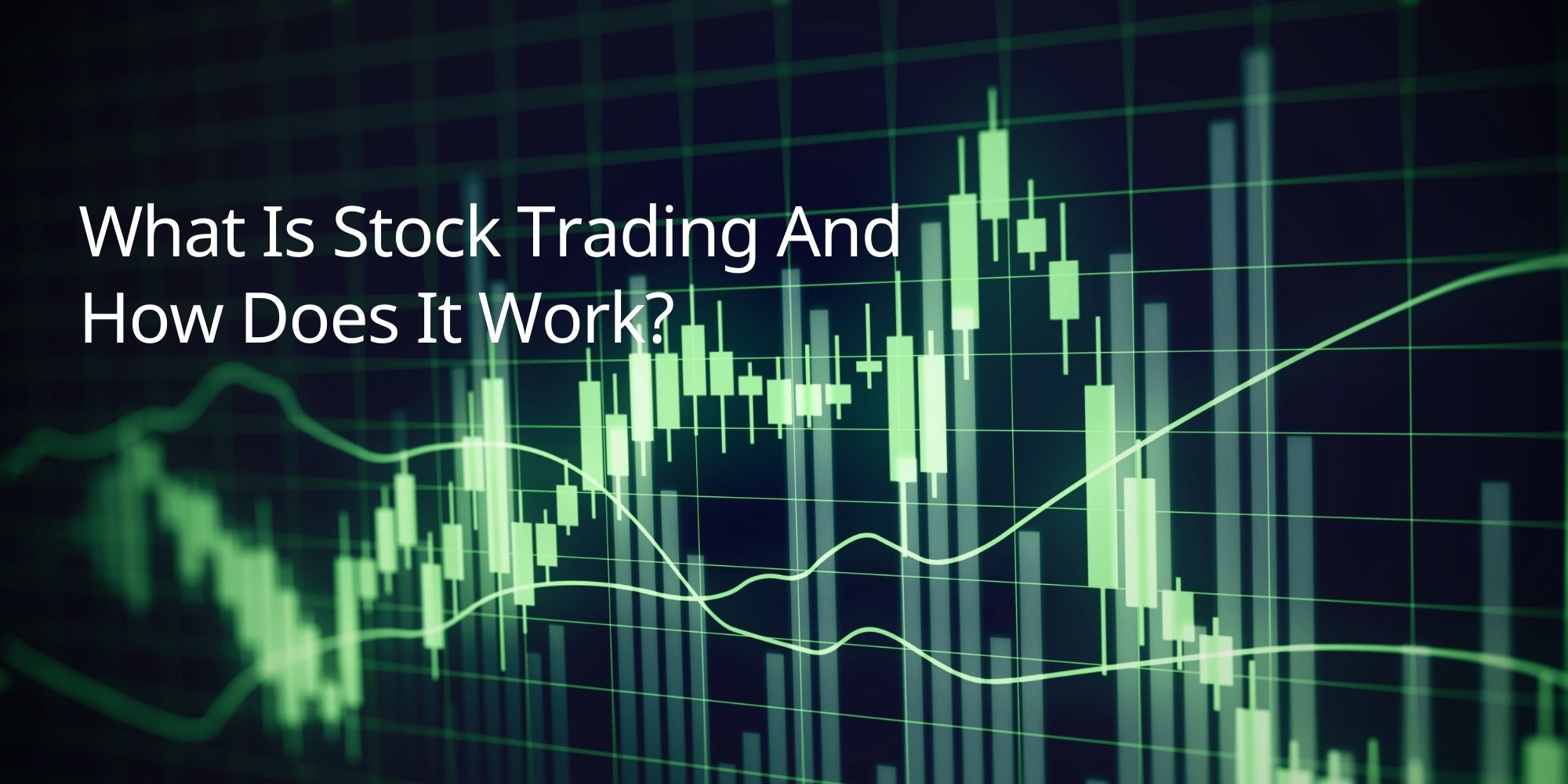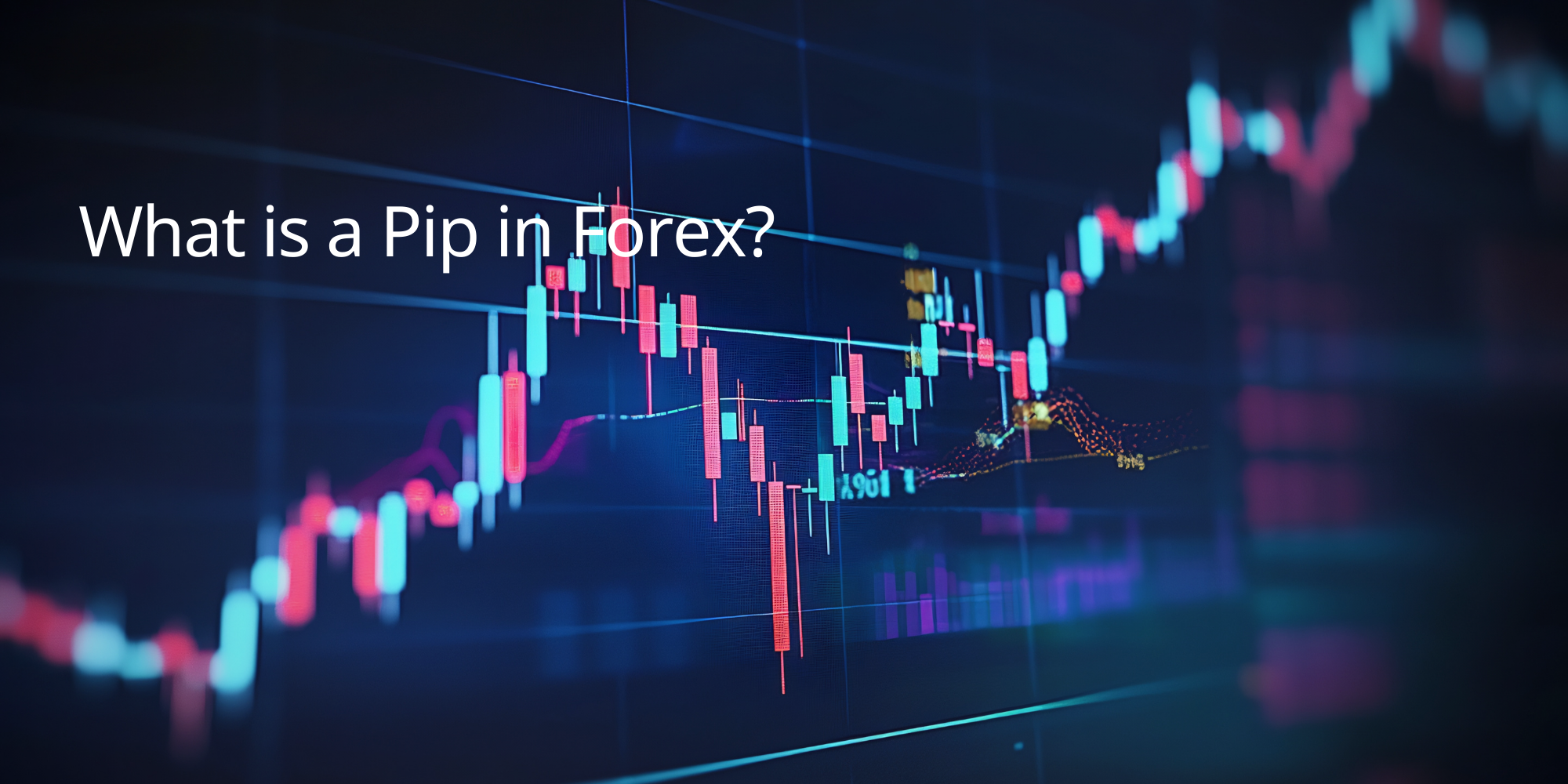Introduction
Unlock the potential of commodity trading with TradeSmart, your trusted partner for a seamless and rewarding trading experience. Our platform offers access to a diverse range of commodities, from energy products like oil and precious metals like gold to agricultural commodities, providing ample opportunities to diversify your portfolio and capitalize on market trends. This comprehensive guide delves into the intricacies of commodity trading, offering valuable insights into market analysis, trading mechanics, and effective strategies. Empower yourself with the knowledge and tools necessary to navigate the complexities of the commodity markets and embark on your trading journey with confidence. Start trading commodities with TradeSmart today and experience the benefits of our user-friendly platform, competitive pricing, and expert support.
Understanding Commodities
Understanding commodities is crucial for those who trade in commodity industries, as these are materials or basic goods traded in different markets and are important for economic activities and investments.
What Are Commodities
The elements that make up commodities are the objects that form the basis of the items produced through production processes. Examples include crops such as corn, wheat and soybeans, which play a role in food production. Animals such as beef and pork are also included in this group, which directly affects both farmers’ earnings and prices for consumers. Energy-related commodities such as crude oil and natural gas also have a significant impact on the global economy and energy sectors. Precious metals such as gold and silver and industrial metals such as copper and aluminium are considered commodities that play a role in the technology and construction sectors.
Types of Commodities
Commodities are classified in two different ways: hard and soft. Hard commodities are resources that are mined or extracted from the earth, such as metals like gold and industrial products like oil and natural gas, which play an important role in industrial production and energy generation. On the other hand, soft commodities include agricultural products and livestock, such as coffee beans, cotton and milk, which often depend on seasonal factors and agricultural methods. Distinguishing between these differences helps to make decisions when trading, taking into account the specific characteristics and market changes inherent to each type of commodity.
Physical vs Derivative Trading
Physical trade involves the actual buying and selling of commodities where you take delivery of the product. This form of trading requires proper storage and handling, especially for perishable goods and energy products. Derivatives trading, on the other hand, involves financial contracts whose value is derived from the underlying commodity. Derivative contracts and options are prime examples, allowing you to speculate on price movements without directly owning the assets. Derivatives trading can bring significant benefits but also higher risks due to price volatility. Through TradeSmart, you can execute derivative trades very quickly on more than 100 pairs, including commodities.
Major Commodity Markets
Globally, several major commodity markets significantly influence prices and trading strategies. The Chicago Mercantile Exchange, for example, is known for its high volume of futures contracts in agricultural products and livestock. The New York Mercantile Exchange focuses on energy commodities such as crude oil and natural gas. The London Metal Exchange specializes in trading industrial metals and provides important price benchmarks for market participants. Each of these markets operates under a set of regulations that ensure fair trading practices and transparency for both buyers and sellers. Knowing the nuances of these markets allows you to make informed trading decisions based on market trends and price forces.
Trading Mechanics
Trading mechanics form the backbone of commodity trading, illustrating the processes and methods utilized to buy and sell commodities effectively.
Spot Trading vs Futures Trading
Spot trading refers to the immediate buying and selling of commodities at current market prices, allowing product delivery to occur instantly or within a short timeline. This trading method appeals to those who want to own the commodity outright. Futures trading involves entering into contracts to buy or sell a commodity at a predetermined price at a future date. Traders often use this method to hedge against price fluctuations or speculate on future price changes, offering opportunities to profit without physically owning the underlying commodity. TradeSmart offers up to 2000x leverage on its futures, allowing traders to trade higher volumes from their available funds. On the other hand, we would like to remind you that the risk ratio is directly proportional to the reward ratio when trading with leverage and it is important to get confirmation from other technical analysis tools and chart patterns.
CFD Trading in Commodities
Contract for Difference (CFD) trading offers another approach for trading commodities without directly purchasing the fundamental assets. In CFDs, you enter a contract with a broker to exchange the difference in value of a commodity between the opening and closing of the trade, allowing you to speculate on price movements without owning the commodity itself.
Margin Requirements
Margin requirements determine the amount of capital you must maintain in your trading account to open and hold a position. Brokers typically set these requirements as a percentage of the total value of the position. For example, if you want to control a $10,000 commodity position with a margin requirement of 10%, you must deposit $1,000. Understanding margin requirements aids in effective risk management and helps to avoid margin calls.
Trading Hours and Sessions
Trading hours and sessions significantly affect the timing of your trades. Commodity markets operate around the clock and major trading sessions take place in regions such as North America, Europe, and Asia. Each session offers unique opportunities that are influenced by time zones and local economic activity. For example, when the US market is active, it can experience higher volatility and offer potential opportunities for traders. Understanding these sessions helps you determine when to trade for maximum impact.
Popular Commodities
Understanding popular commodities can improve your trading strategy and investment decisions. Key commodities include oil, gold, silver, soft commodities, and energy commodities, each with unique market behaviors and trading fundamentals.
Oil Trading Fundamentals
Oil, as one of the most traded commodities globally, influences economies and financial markets. West Texas Intermediate and Brent Crude represent the primary benchmarks. Traders typically focus on price fluctuations, driven by factors such as supply and demand, geopolitical events, and OPEC decisions. When pricing oil, monitoring inventories and production levels plays a critical role. Analysis of Economic Indicators, such as GDP growth and employment rates, further supports informed trading decisions. For instance, a rise in U.S. oil inventories might lead to increased supply and, consequently, lower prices.
Gold Trading Basics
Gold represents a safe-haven asset, widely sought during economic uncertainty. Its value reacts to factors including inflation, currency fluctuations, and market volatility. When investing in gold, traders can choose between physical gold, exchange-traded funds, or futures contracts. Understanding the relationship between the U.S. Dollar and gold prices is crucial. Typically, a weaker dollar boosts gold prices, as gold becomes cheaper for holders of foreign currencies. Long-term trends often reveal that during financial crises, gold serves as a hedge against risk, leading to increased demand.
Silver Trading Strategies
Silver considered both a precious and industrial metal, warrants distinct trading strategies. Its prices are influenced by industrial demand, particularly from sectors like electronics and solar energy. Traders often analyze historical price movements and trading volumes for trend identification. Utilizing moving averages can assist in recognizing entry and exit points. Furthermore, consider the gold-silver ratio, which compares the price of gold to silver. This ratio helps determine whether silver is overvalued or undervalued compared to gold, guiding your trading positions.
Soft Commodities Overview
Soft commodities include agricultural products like corn, wheat, and soybeans. The trading forces rely heavily on weather conditions, agricultural yields, and global demand. Seasonal patterns often dictate price movements. For effective trading, you can use fundamental analysis, which involves assessing crop reports and global market trends. Pricing can also be influenced by policies, such as tariffs or subsidies. When trading soft commodities, utilizing options can provide added flexibility. This strategy allows you to capitalize on price movements while managing risk.
Energy Commodities
Energy commodities include natural gas and coal, alongside oil. Price movements are affected by seasonal demand fluctuations, geopolitical events, and market speculation. For natural gas, colder weather typically increases demand, resulting in price spikes. Traders often employ technical analysis to identify trends and reversals in these markets. Chart patterns and indicators can reveal entry and exit opportunities. Additionally, understanding regulations affecting the energy sector, from environmental laws to import/export restrictions, is essential for informed trading.
Through TradeSmart, you can trade a wide range of hard and soft commodities very quickly and easily.
Market Analysis
Commodity trading hinges on understanding market analysis, which allows traders to make informed decisions. Analyzing the market involves assessing various factors influencing commodity prices, with a particular focus on supply and demand forces and the price discovery process.
Supply and Demand Forces
Supply and demand fundamentally drive commodity prices. Increased demand for a commodity may lead to higher prices, while excess supply usually results in lower prices. For instance, when oil demand rises due to economic growth, prices can surge. Conversely, if a significant oil reserve is discovered, an influx of supply could cause prices to fall.
Weather conditions also impact agricultural commodities significantly. Droughts can reduce crop yields, leading to scarcity and higher prices. Understanding these relationships is essential for making accurate predictions in trading.
Traders also consider geopolitical events that can disrupt supply chains, such as conflicts affecting key production regions. For example, political instability in oil-producing countries often results in fluctuating prices. Staying updated on these factors provides an edge in commodity trading by enabling you to anticipate price movements based on supply and demand.
Price Discovery Process
Price discovery represents the mechanism through which the prices of commodities are established in the market. Multiple factors contribute to this process, including market participants, trading volume, and external economic indicators.
In a competitive market, buyers and sellers interact, negotiating prices based on their expectations and the available supply. As trades occur, market prices adjust in real time, reflecting the collective sentiment of traders. High trading volume typically indicates a reliable price point, while low volume may suggest volatility.
Speculators and institutional investors play significant roles in price discovery. They analyze data and trends to forecast future price movements, which can influence trading decisions. For example, if traders believe that a commodity will become scarce, they may drive up the price in anticipation of future shortages. Understanding this process is crucial to exploring the complexities of commodity trading.
Conclusion
Commodity trading presents a world of opportunities for investors seeking to diversify their portfolios and capitalize on the dynamic nature of the global commodity markets. TradeSmart provides the tools, resources, and guidance necessary to navigate this exciting landscape and achieve your trading goals. Remember, informed decision-making and prudent risk management are crucial for success in commodity trading. Visit tradesmart.com today to open your account and begin exploring the potential of commodity trading with 0 commission on stocks, metals & indices.
Start Trading




